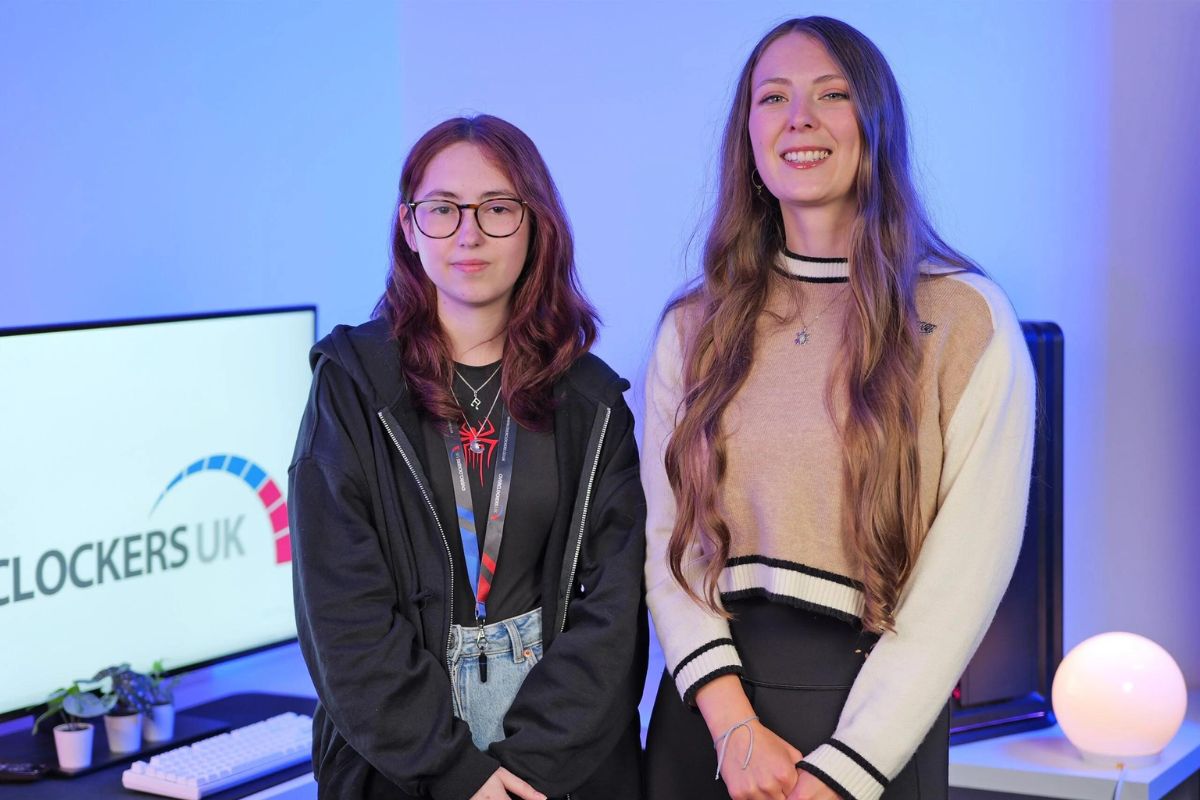It’s time to finally plug the tech industry’s gender equality gap

Despite significant investment by tech companies into amplifying diversity and equality efforts, women remain heavily underrepresented in the UK’s technology workforce. Statistics from a recent study from PwC highlighted that just 23% of the people working in STEM roles across the UK are female – and only 5% of leadership positions in the technology sector are held by women.
It’s an issue that doesn’t appear likely to be redressed any time soon, as the UK’s future pipeline of tech talent remains heavily skewed towards men. Indeed, women account for just 15.8% of the UK’s current generation of engineering and technology undergraduates. This lack of a strong tech talent pipeline is starting to impact organisations in more ways than they realise.
This International Women’s Day, I’ve identified some of the main challenges which exist for women looking to enter the industry, as well as the opportunities that lie ahead for a more gender-diverse technology sector.
It is said that the gender gap begins in school and carries on throughout every stage of women’s lives. Despite such exciting opportunities, female students aren’t considering technology as a career – partly because nobody is putting it forward as a possible option. According to PwC, while 33% of male respondents say they’ve had a career in technology suggested to them, the figure for females stands at 16%. There is much more work to be done at school level to remove the stereotype that it is a male-oriented industry and to educate young women about the career opportunities that lie ahead for them within the tech sector.
Linked to this is the common misconception that a career in tech is boring, code-heavy, and void of creativity. It’s a vicious circle of perception and reality that’s hindering women’s entry into the sector. The onus lies with schools, universities and the industry itself to debunk these myths and highlight the reality of technology careers in today’s world which are highly creative – particularly when it comes to understanding consumer behaviours to develop digital user experiences.
That is not to mention how incredibly rewarding a career in tech can be. At Gladstone, not only is our technology facilitating the digital transformation of the leisure and fitness sector, it is enabling millions of individuals to get active; enhancing their lives and playing a huge part in supporting improved public health.
Another reason why women aren’t choosing tech is the lack of role models. Typically, people get inspired to do something when they see others like them do it. However, with just 5% of leadership positions in the tech sector held by women, young females have little reason to feel motivated to join the sector.
Remedying this requires a dedicated focus and more investment in female development initiatives which support women advancing to more senior roles, including reverse mentoring and sponsorship programmes for high-performing females. Ultimately, the more women who are promoted to leadership positions, the more role models and mentors will inspire the next generation.
I had the fantastic opportunity to transition through our parent company Jonas’ leadership programme and would recommend that women look out for employers offering strong development opportunities. The Jonas Leadership Programmes continue to be a huge part of who we are and is something I’m now actively involved in delivering to support the next generation of future leaders; we’re also excited to launch our own apprenticeship programme later this year.
As well as facing challenges in attracting women, the industry is also facing a retention issue. According to InnovateHer, women leave their tech jobs at a rate 45% higher than men, and half of the women in tech roles leave before the age of 35 due to factors such as lack of personal support, visible female leadership and workplace policies.
We know that the global pandemic exacerbated many of the underlying issues women have faced in the workplace, and now more than ever it’s vital to ensure our current workforce feels supported. Examples of this include return-to-work schemes and flexible working initiatives, which encourage women into technology roles following career breaks and enable them to reach their full potential.
Actively educating our workforces, both men and women, when it comes to topics such as women’s health is an area we must also improve – at Gladstone, we have implemented topics such as menopause in the workplace into our training programmes, to ensure the topic is better understood, including its potential effects on employees.
The gender imbalance in technology doesn’t just represent a missed opportunity for women and society, but also for business. A study of 22,000 businesses worldwide revealed that companies which were at least 30% female experienced a 15% increase in profitability in comparison to those with little or no gender diversity. And the benefits to the global economy are vast. In fact, women could help to fill a digital skills gap that is already costing £6bn in GDP per year.
More than ever, the sector needs to rally together to support women seeking a career in technology, as well as those already present within the sector. At a time when concerns about economic uncertainty and the digital skills gap are deepening, organisations should be treating every day like it’s International Women’s Day.
By Claire Rollins, CEO at the UK’s leading leisure management software company Gladstone Ltd











Responses